Selection of the most interesting space news for the week: Artificial intelligence has found a new planet; scientists have wondered what sex in space threatens, and we tell how Ukrainian astronomy suffered from Russian aggression.
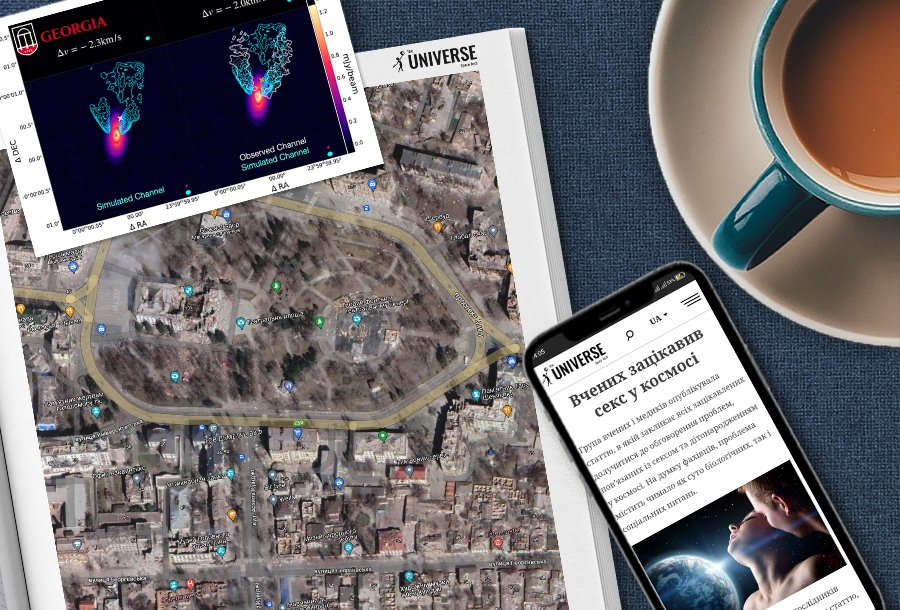
“The greatest enemy of knowledge is not ignorance, it is the illusion of knowledge.”
― Daniel J. Boorstin
Where to find the debris of the Kyiv bolide
The International Meteorite Organization published data on the mass and trajectory of the bolide, which frightened the residents of Kyiv on the evening of April 19. It had an initial mass of about 200-300 kg. Then the people of Kyiv thought that this was another Russian missile attack or even the fall of a satellite shot down by the air defense system. However, this event was recorded by the cameras of the European Fireball Network; therefore, there is no doubt that this is the fall of a large meteorite.
Scientists found that the bolide was first observed at an altitude of 98 km above the Velyka Dymerka. It was moving southwest at a speed of 29 km/s and flew across Kyiv at an altitude of 80 km. The flash, which scared everyone so much, occurred at an altitude of 38 km. The brightness of this event reached -18 magnitude; this makes it possible to classify this meteor as a superbolide. The first flare was followed by the second, which occurred at an altitude of 32.5 km, and then three more at altitudes of 31, 30 and 29.5 km. The last time the bolide was seen 23 km above the ground, when its speed was 10 km/s.
However, due to the high speed, almost all of its material burned up in the atmosphere. At least the flare profiles indicate that the debris could not have been more than 1 kg. But if they still reached the ground, then you need to look for them somewhere between the villages of Romanivka, Popil’nya, Pavoloch and Strokiv on the border of the Kyiv and Zhytomyr regions to the southwest of Fastov.
Superheavy Chinese rocket will be fully reusable
China is preparing to launch a superheavy rocket in the early 2040s, which will be completely reusable. Previously, it was planned to make it disposable. Now the developers promise to create a fully reusable carrier that will be able to put 80 tons of cargo into low Earth orbit.
The rocket will have three stages, and each of the stages will be reused. But the first launch, scheduled for 2033, will still take place in a one-time version. It is planned that the 114 m high rocket will have a launch weight of 4,400 tons and a thrust of 6,100 tons. In a completely disposable version, the carrier will be able to launch 150 tons of payload into low Earth orbit, and if the first stage is reusable, then 100 tons of cargo can be launched into space.
What we can see in Mariupol on Google Maps satellite images
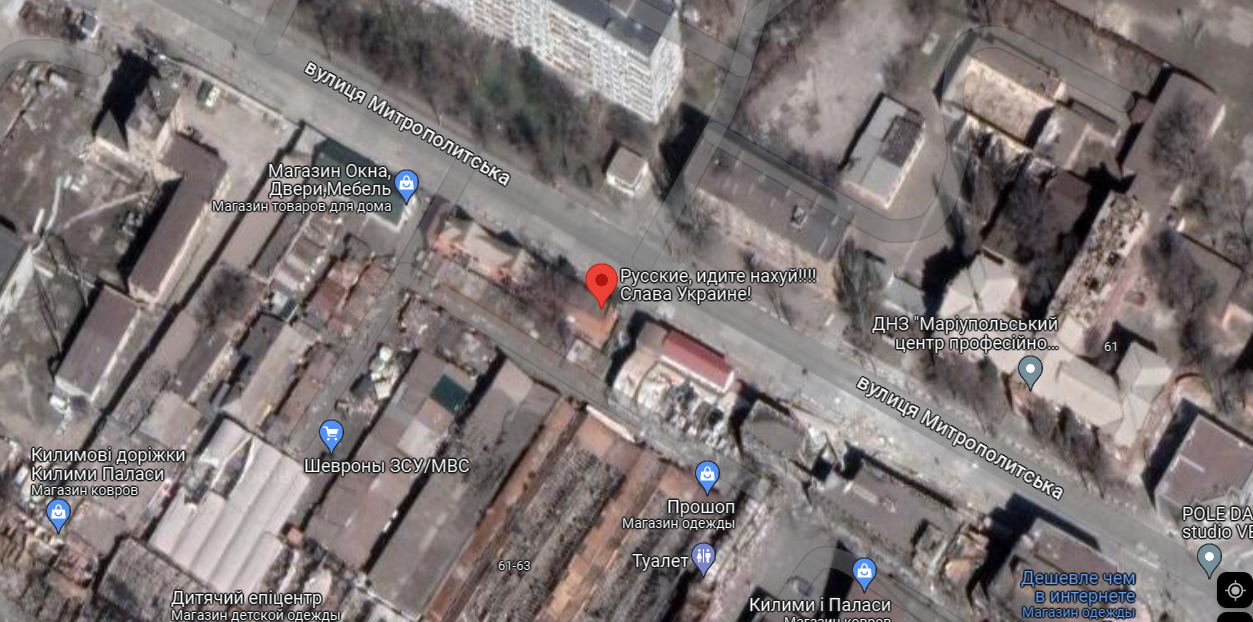
Last week, Google updated its maps of the city of Mariupol. The city is now under occupation by the Russian Federation. At first, this happened in the Pro version, and on April 26, the images became available for the regular online version.
At the same time, images were used that were taken by satellites during the battles for the city in the spring of last year, throughout last year and more recently. Therefore, you can see on them both completely destroyed neighborhoods and traces of the former peaceful life, when the blue-yellow flag was still flying over the city.
Adult conversations: What is the threat of sex in space
A group of scientists and doctors has published an article in which they call on all interested parties to join the discussion of problems related to sex and childbirth in space. According to experts, the problem contains a lot of both purely biological and social issues.
The biological risks are actually much broader than the simple question of whether sex is acceptable on a spacecraft. Sooner or later, people will settle in space and begin to reproduce there, and all questions concerning not only the behavior of the human body during sexual intercourse in zero gravity, but also fertilization and embryo development remain unresolved. As for the social and cultural consequences, they mainly concern predicting how often people flying into space to have fun will have sex there? Will they understand how great is the risk of injury during sexual intercourse in zero gravity? And whether the responsible persons are ready for the flow of complaints and court proceedings that the situation potentially entails.
Artificial intelligence discovers a planet outside the Solar System
Scientists from the University of Georgia have confirmed the existence of a previously unknown exoplanet. But they are not its discoverers, but artificial intelligence, a machine learning tool. Scientists created it based on knowledge about the laws of the formation of large bodies in protoplanetary disks.
The discovery was made when processing images of a star with a protoplanetary disk, previously studied by specialists and decided that there was no planet there. However, artificial intelligence still detected signs of a large body. Then the scientists re-examined the system and confirmed that a certain area of the disk had characteristic brightness fluctuations, which were usually considered a sign of a planet. In the future, its presence was fully confirmed.
Photo of the week
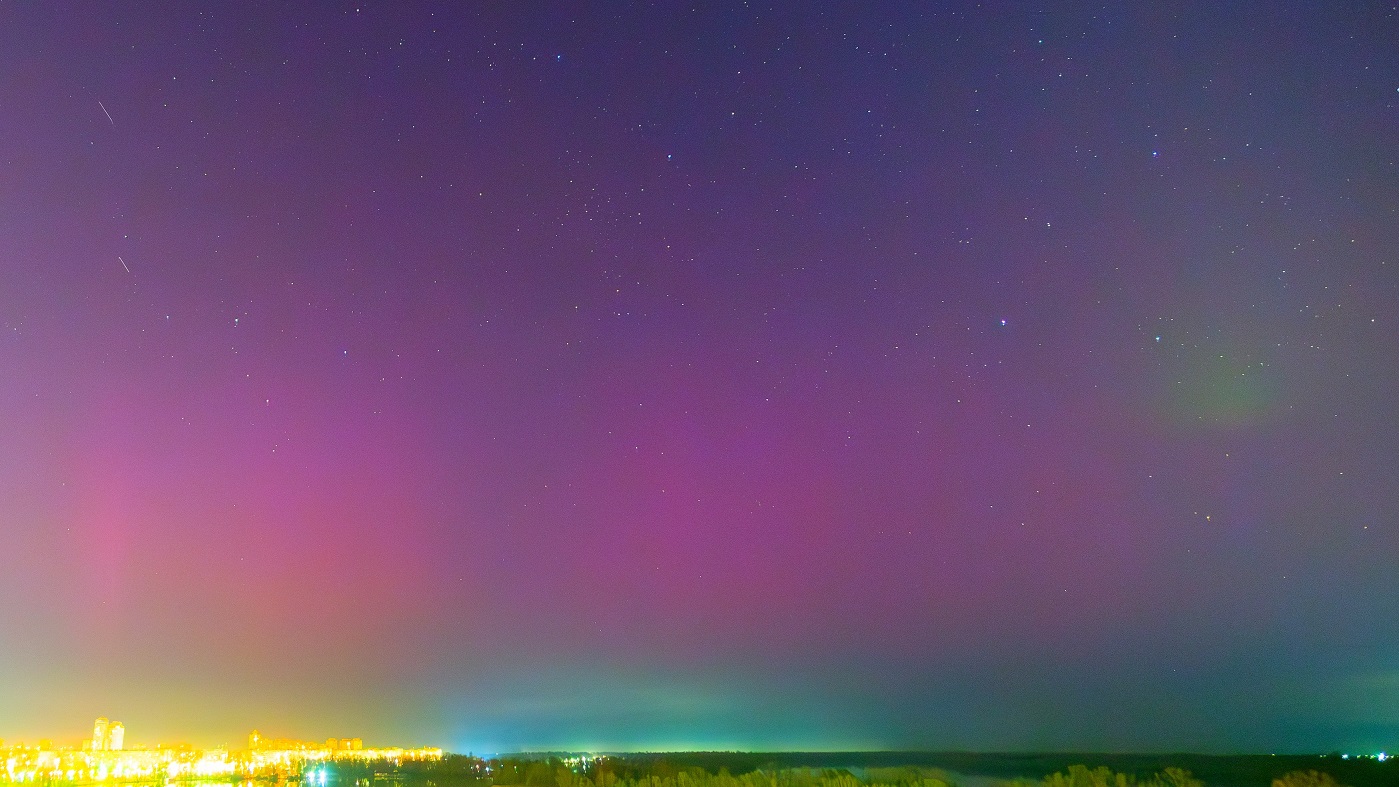
On the evening of April 23, an unusual crimson glow began to flare up in the northern part of the sky — the aurora borealis, which became an “echo” of a powerful solar flare. Since the sky over the entire northern part of Ukraine was clear, millions of people could see an unusual phenomenon for our latitudes. M-class solar flare occurred on April 21, 2023, in the NOAA 3282 group of spots and was accompanied by a significant coronal mass ejection. A powerful stream of charged particles (mainly protons) “went” from the Sun into outer space, on the way of which our Earth occurred.
Interesting figure — 19 thousand volcanoes
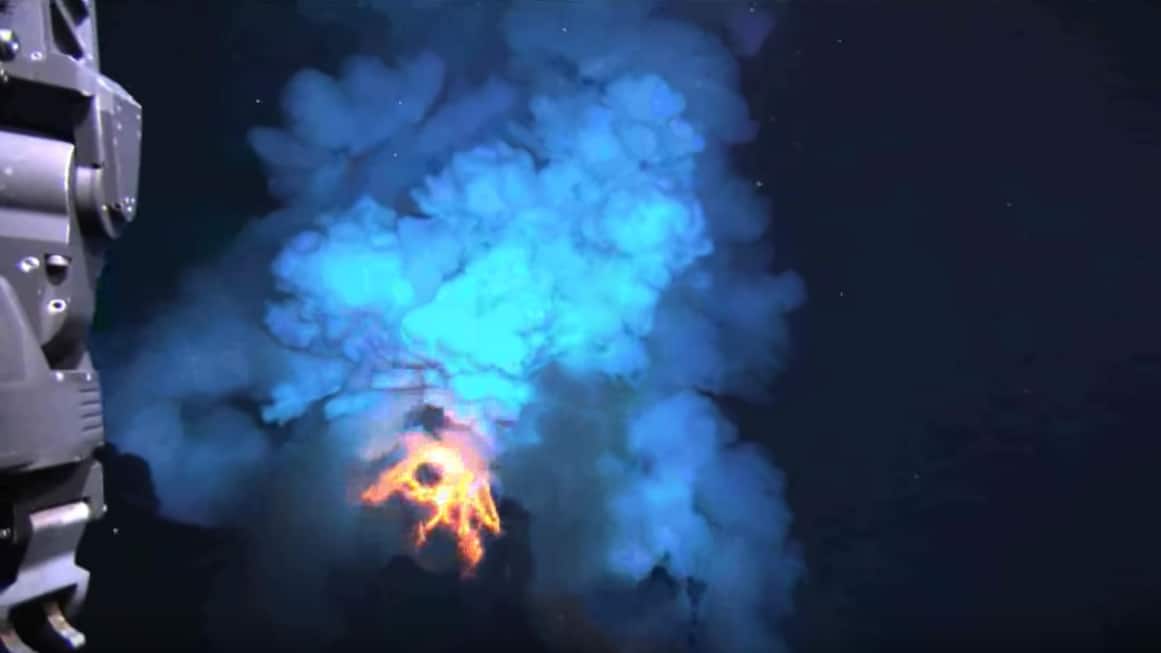
Most of the earth’s oceans still remain unexplored. In a new study, scientists used radar satellites to find underwater volcanoes. There were about 19 thousand of them. The bottom of the Earth’s World Ocean is less studied than the surface of the Moon. Even simple mapping is done for only a quarter of its surface. And it is no less diverse than land. In particular, mountains are found on it just as often.
Something to read on the weekend
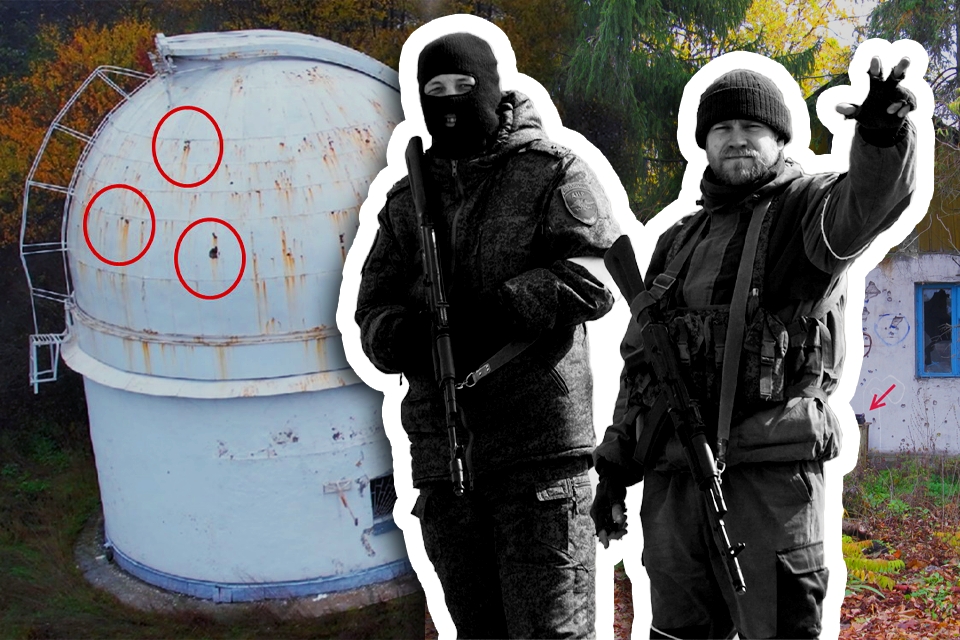
The editors of The Universe Space Tech tell about the largest radio telescope in Ukraine UTR-2, which has been under Russian occupation for six months. For many years in a row, neutron stars and solar activity have been studied using this instrument.
In the second article, we reflect on the question of whether smart machines will replace a person and discuss what prevents artificial intelligence from taking over the world?
Read also: Satellites detect the rapid melting of glaciers, and Airbus shows a new space station: News Digest
Follow us on Twitter to get the most interesting space news in time
https://twitter.com/ust_magazine

